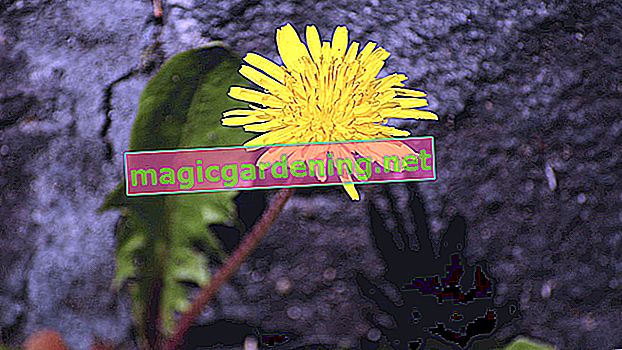
White clover - a profile
- Botanical name: Trifolium repens
- Popular name: creeping clover
- Plant family: legumes
- Subfamily: Butterflies
- Occurrence: Europe, Asia, North America
- Height: 5 - 20 centimeters
- Perennial / annual: perennial
- Stem: creeping, up to 40 cm long
- Leaves: three-leaved, green, often with a white band, 1 - 4 cm in size
- Flowers: white, 40 - 80 single flowers per inflorescence
- Flowering period: May to October
- Propagation: seeds, cuttings. Special feature: orange-yellow seeds
- Uses: weeds, fodder, medicinal herbs
- Special features: good bee pasture, green manure
- Toxicity: not toxic
- Winter hardiness: completely hardy
Use of white clover
White clover is just as much a medicinal plant as red clover, even if it contains few plant hormones. It is used for various ailments such as:
- Colds
- Constipation
- a headache
also read
- White clover grows in almost every location
- The use of white clover in the garden and kitchen
- During the flowering period, white clover is a good pasture for bees
Like all types of clover, white clover can also be used in the kitchen. Flowers and leaves are edible, as are seeds and seedlings.
White clover is also widely accepted by small rodents. As a forage plant for grazing animals, white clover is not quite as suitable because of its creeping habit.
Fight white clover in the lawn
The white flowers of the clover attract countless insects, including many bees. This is not always cheap in the lawn, especially when children run around barefoot on it.
White clover in the lawn should therefore be combated. It often helps to add more nutrients to the lawn, as the increased occurrence of white clover indicates a nutrient deficiency.
White clover can also be removed from the lawn by pulling it out or, in stubborn cases, by scarifying it sharply.
Special features of white clover
Like all plants in the legume family, white clover forms long roots with small nitrogen vesicles at the ends. That is why white clover is often sown as a green manure.
The white clover is cut on the surface before flowering so that the roots remain in the ground. They loosen the earth and release nitrogen. White clover thus ensures good soil health.
Tips
One of the peculiarities of white clover is that four-leaf plants occasionally appear. They are very rare and have been considered lucky charms for centuries.








